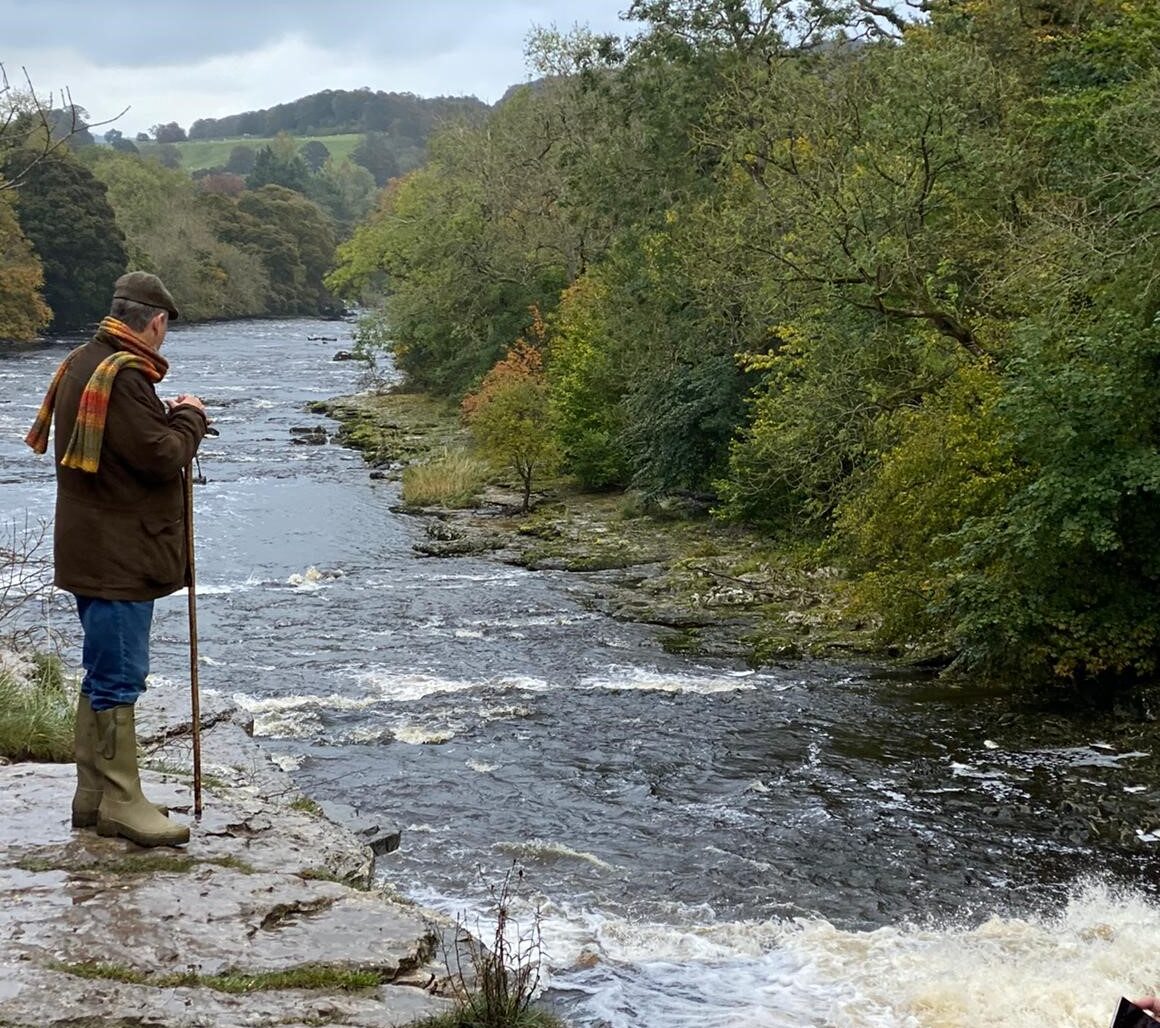10 June 2021
Dreaming by the River
Poop-Poop
by J.R. Thomas
 Occasionally we like to review a good book in this column. This week our attention has been drawn to a work by a first time author soon appearing in a bookshop* near you. The writer lives in California and has written a book for children about parenting, inspired by her and her husband’s idyllic (???) relationships with their respective fathers. Early pages of the slender volume feature a red headed dad in military uniform showing off his son to his glamorous wife who waves dollar bills from a window. Complete fiction obviously. But it is at least a rebuttal of all those despairing young writers who say it is impossible to get anything published – you really don’t need to have any talent, just a publicly recognisable name.
Occasionally we like to review a good book in this column. This week our attention has been drawn to a work by a first time author soon appearing in a bookshop* near you. The writer lives in California and has written a book for children about parenting, inspired by her and her husband’s idyllic (???) relationships with their respective fathers. Early pages of the slender volume feature a red headed dad in military uniform showing off his son to his glamorous wife who waves dollar bills from a window. Complete fiction obviously. But it is at least a rebuttal of all those despairing young writers who say it is impossible to get anything published – you really don’t need to have any talent, just a publicly recognisable name.
So we’ll pass on that, but instead ponder, in this week of summer when gardens are approaching their best, the sun is warming but not broiling, the countryside a delight of green tones and late maythorn; in short when England is at its best and most English and lovely, and ponder on what makes truly great children’s fiction. The answer to that is not hard to find. In the rosy days when parents read aloud to their children, and the children listened, round eyed and always wanting “one more chapter”, the answer was obvious. The book had to hook the children, but also it had to keep the adults fascinated.
Sometimes it is humour, sometimes a buried sadness, sometimes just very skilled writing. Captain Marryat perhaps began this, and the greatest of all his stories is The Children of the New Forest, written in 1847, a tale of Civil War children hiding in the forest as romantic Cavaliers and repulsive Roundheads come into and out of their lives. Horses, hiding, simple pleasures, fighting, a missing father, it’s all there. But for parents there is another level. This is a little window into English history, and a part of history which had become a major focus of political attention in the midpart of the nineteenth century. Through the eyes of the Beverley children we get see a society divided, a peaceful polity that has failed, an inability to reconcile change and conservatism, a nation ripping itself violently apart for five years. The children’s romantic and grand home is burnt to the ground, they are constantly at risk of betrayal by neighbours and tenants not so well disposed to a rich Royalist family. Yet the Roundheads turn out not to be so evil at all, indeed, just human beings with differing views (there’s a lesson that could do with relearning).
Robert Louis Stephenson in Kidnapped and Catriona also created an adventure yarn, focussing on western seas, wild places, and the wind in the heather, set in Scotland after the ’45 Rebellion. Exciting for children, but also with strong moralistic tones for their parents. Again, the need for tolerance in matters political, that justice cannot always be relied on (Catriona is particularly bleak in this), that those you hold closest can also betray you. (As an aside there is a superb but little known Stephenson museum in Monterey, California, where Stephenson wrote Treasure Island, a useful days browsing for any aspirant children’s writer. Highway 1 north from LA.)
We cannot pass this way without mentioning another children’s author (and Scot, albeit by adoption), J K Rowling. Her early tales of Hogwarts may be somewhat derivative and in the classic boarding school style, but as her heroes age and the books become longer, they become very much deeper, with adult-focussed themes of betrayal and unhappiness, and a sense that all that we can hope for is survival, not for an earthly paradise.
But back in time, back to the favourite of many children, yet a book which is at another level complex, unhappy, and which has that Edwardian sense that the world has reached the best it can be and that the distant black clouds will soon draw over the earth. That sense of foreboding can be seen in Edwardian portraiture – look at the languidly pessimistic faces of JS Sargent’s rich sitters; also in the music of Elgar; in Norman Shaw and Edwin Lutyens’ last flings of flamboyant architecture, summoning up four hundred years of civilisation in great extravagant final flourishes. It was the great age of romance, a doomed romance that somehow knew all this was coming to an end. Edwardian literature also had that sense of ending, of romance declining in the fall of withering rose petals, that soon all that would remain would be shadows and ghosts.
The Wind in the Willows is the Edwardian era, written on several levels. Perhaps it is the best children’s tale ever told, but also it is a powerful piece of literature appealing to adults for its humour, its satire, its social commentary, and that sense of fading sunshine. At one level a number of furry, though not cuddly, animals have adventures together. In real life they would be eating each other, but here they boat on the river, live in mansions or in river bank holes, make fun of washerwomen and policemen, and, in Christmas Eve’s falling snow, reward a choir of fieldmice with nibbles and pop. It is beautiful, exciting, moving, and very funny.
On an adult level we meet all those types that make up our world, the shy rather unimaginative mole, the pushy but funny water-rat, the reclusive and grumpy badger (a senior manager if there ever was one); the rich brash vulgar toad with deep down, not so deep down, a wonderful kind heart. The annoying pompous policemen (Stop! Stop! Stop!), the generous and slightly flirtatious jailor’s daughter, the hearty and sensible washerwoman, the despairing Otters. (The Wind in the Willows is probably not so acceptable in modern woke homes in its depiction of the working classes, creating fear in the Wild Wood, invading homes and drinking cellars dry, and flinging bottles from passing river cruisers.)
Kenneth Grahame, whose magnum opus this is, his only work to be remembered, was a bright Scot (another Scot), orphaned and brought up by relatives living by the Thames in Berkshire. In spite of early obstacles in life he achieved a degree of success, latterly as Secretary to the Bank of England, from which he was forced out in somewhat mysterious circumstances. He was unhappily married, with a frail only child, a son, who died on a railway line whilst at Oxford. Perhaps not surprisingly, tears run through The Wind in the Willows. A lot of laughter and deeply felt friendship, but there is always peril, always a sense of fragility and breakage and potential loss. Grahame’s life repeatedly almost achieved success and acceptance, but not quite; he knew from early on the fragile threads of middle class civilisation. It is that which so imprints The Wind in the Willows in the mind; surely even in the minds of children, enthralled by the goings-on of the furry creatures, but also introduced with the jolly Toad to the deepest dungeon in the darkest gaol in England – and made to feel Toad’s despair at the loss of respectability.
And if your offspring never had that book read to them; then they won’t properly understand life. However old they are, you need to read to them of Ratty and Mole and Badger and Toad. Poop-poop.
*Possibly on the remainder shelf
tile photo: Alejandro Martin on Unsplash


